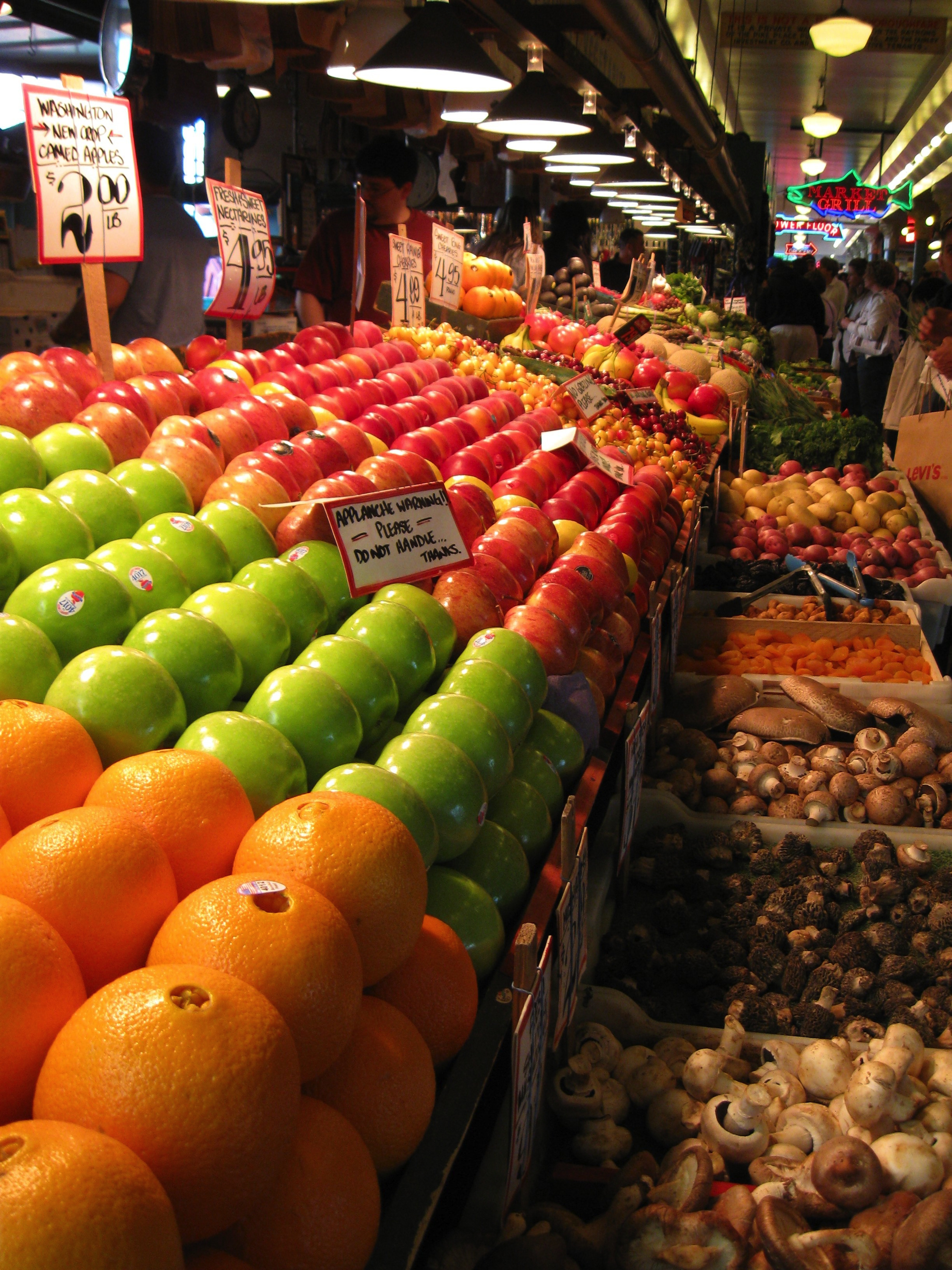Thursday, March 11, 2021 - Helena Costa, a smallholder from Sao Tome & Principe, has been investing in her family’s  small agribusiness for a decade, wanting it to be more productive, more profitable, and produce quality fruits and vegetable products to supply local and export markets. The quality improvements she’s invested in include food safety practices, shifting to organic production, and planting biofortified crops. However, these food quality improvements are not yet recognized by the market. So, for Helena, improving the nutritional value of her food products is an extra cost that puts her at a disadvantage in relation to her competitors.
small agribusiness for a decade, wanting it to be more productive, more profitable, and produce quality fruits and vegetable products to supply local and export markets. The quality improvements she’s invested in include food safety practices, shifting to organic production, and planting biofortified crops. However, these food quality improvements are not yet recognized by the market. So, for Helena, improving the nutritional value of her food products is an extra cost that puts her at a disadvantage in relation to her competitors.
This problem is not new. Markets do not always recognize the benefits provided by farmers and agribusinesses. One such example is the positive impact that good agriculture and agroindustrial practices and technologies can have on the environment. And now, many farmers and agribusinesses around the world are realizing the importance of their farming and agroindustrial practices and technologies to the overall environment and climate change. However, food producers are still largely uninformed of their potential impact on malnutrition. The nutrition agenda within the agriculture sector has yet to make a convincing case for the alignment between food production and health and nutrition outcomes. Perhaps this comes down partly to terminology. We are not pushing our farmers and agribusinesses to be ‘smart’. We are only pushing them to be ‘sensitive’. ‘Nutrition-sensitive agriculture’ is the prevailing term to convey this sense of maximizing nutrition outcomes, while minimizing the unintended negative nutritional consequences of agricultural and food interventions and policies. This has been supported by the World Bank and other partners, but it is not enough to align food production incentives with what society needs.
‘Nutrition-smart agriculture’ on the other hand, has the clear double objective of improving human nutritional status while achieving the farm and/or agribusiness-level objective of increasing productivity/income/profits. It’s time to step away from the idea of ‘nutrition-sensitive’. ‘Nutrition-smart agriculture’ should be the way we approach food system policy and program reforms.
Biofortified crops is an example of this evolution from ‘nutrition sensitive’ to ‘nutrition smart’. Biofortified seeds, which are seeds where the nutritional quality has been improved through agronomic practices, conventional plant breeding, or modern biotechnology, were only adopted when biofortified crops became as productive and as resistant to pests and diseases as regular varieties, and when they satisfied consumer tastes and other preferences.
As we put this concept forward, we can learn much from the mainstreaming of Climate-Smart Agriculture. The key task now is to identify farm and agribusiness technologies and practices that can have a positive impact on the nutrition of households and consumers. Part of this work has already been done by HarvestPlus, the World Bank, USAID’s SPRING project and FAO, which have produced informative maps on biofortification, developed effective approaches, and toolkits, among other resources. One critical step to jumpstarting ‘Nutrition-Smart Agriculture’ is to produce country profiles. Just as it did for CSA, these profiles could begin country-level policy dialogues to identify and introduce the agriculture policy reforms and sector investments that are needed to promote increased production and consumption of safe, nutritious, diverse and affordable diets. There are many practices and technologies that can be leveraged towards investment and policy-support programs that help countries address their agriculture development and nutrition challenges simultaneously. Proponents of the nutrition agenda just need to take the first step to be ‘smarter’—and now is the right time to do just that.
Learn More At This Link
